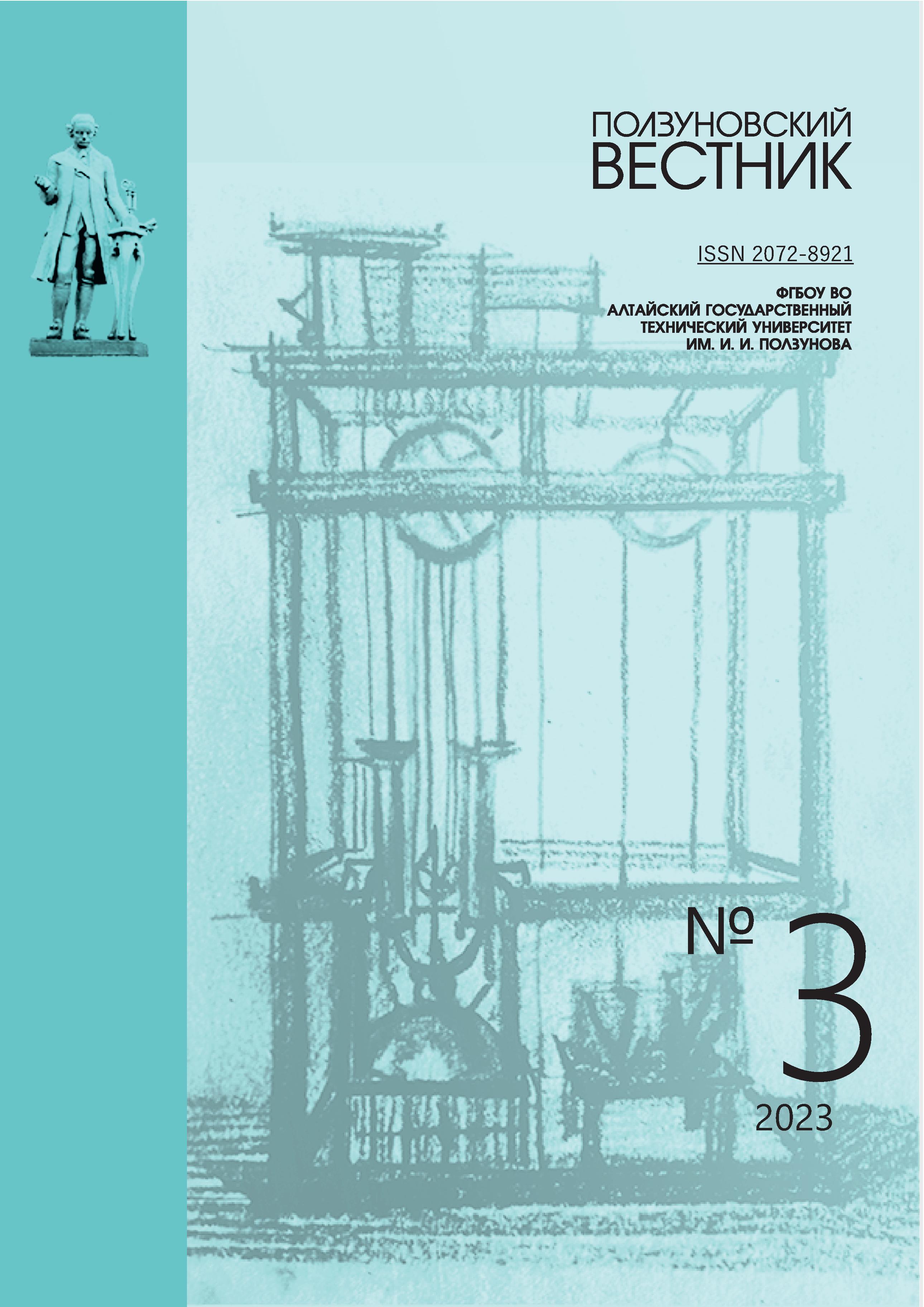STABILITY ANALYSIS OF TECHNOLOGY FOR CLEANING TOPINAMBUR TUBERS
ECXULO
DOI:
https://doi.org/10.25712/ASTU.2072-8921.2023.03.003Keywords:
Jerusalem artichoke (Helianthus tuberosus L.), cleaning, sustainability, inulin, technological process, risks, safety.Abstract
Jerusalem artichoke tubers (Helianthus tuberosus L.) contain a significant amount of carbohydrates with prebiotic potential. The semi-finished product of tuber processing is a product of functional and dietary nutrition. Tuber shells reduce the nutritional and functional properties of raw materials, worsen organoleptic characteristics. Commodity preparation includes the stages of cleaning from soil impurities and covering fabrics. The agrotechnological methods of primary processing of tubers are considered, including the operations of inspection and sorting, washing and removal of foreign compounds. In order to identify a sustainable technology for cleaning Jerusalem artichoke tubers according to the approach using the HACCP principles, studies were carried out to identify and analyze the hazards that arise at each stage of the technological process using various cleaning methods. It has been established that the critical control points in the Jerusalem artichoke primary processing line are cleaning and subsequent storage. Hazard factors for various cleaning methods are calculated. For the chemical method, the danger of the presence of a residual amount of alkali has been established, which is estimated at 12 points. For mechanical cleaning, physical hazard (ingress of foreign impurities and abrasive material into the thickness of the tuber) and biological hazard (microbial contamination of tubers when damaged by equipment elements) were rated 9 and 12 points. For the thermal method, the physical danger during the boiling of tubers and mechanical damage is set at 6 points. Based on the number of occurrence of hazards and their assessment, the most stable and safe thermal cleaning method was identified. A hazard management plan has been developed for the use of various cleaning methods and recommendations have been made for preventive actions aimed at eliminating or reducing emerging risks during the process, guaranteeing its stability. Methods of control (monitoring system) of Jerusalem artichoke primary processing operations and a program of mandatory preliminary measures are described, including instructions for cleaning methods and proper use of equipment.
References
Li W., Zhang J., Yu C., Li Q., Dong F., Wang G., Gu G., Guo Z. (2015). Extraction, degree of polymerization determination and prebiotic ef-fect evaluation of inulin from Jerusalem arti-choke. Carbohydrate Polymers, 121, 315– 319. https://doi.org/10.1016/j.carbpol.2014.12.055.
Wan X., Guo H., Liang Y., Zhou C., Liu Z., Li K., Niu F., Zhai X., Wang L. (2020). The physiological functions and pharmaceutical ap-plications of inulin: A review. Carbohydrate Polymers, 246, 116589. https://doi.org/10.1016/j.carbpol.2020.116589.
Технологический потенциал продуктов глубокой переработки клубней топинамбура / Р. А. Дроздов, М. А. Кожухова, Т. В. Барха-това [и др.] // Известия высших учебных заве-дений. Пищевая технология. – 2019. – № 5-6(371-372). – С. 23-26. – DOI 10.26297/0579-3009.2019.5-6.5. – EDN PKKPEZ.
Mensink MA, Frijlink HW, Van Der Voort MK and Hinrichs WLJ, Inulin, a flexible oligosac-charide I: review of its physicochemical charac-teristics. Carbohydr Polym 130:405–419 (2015).
Манохина, А. А. Механизация уборки топинамбура / А. А. Манохина // Вестник Фе-дерального государственного образователь-ного учреждения высшего профессионально-го образования "Московский государствен-ный агроинженерный университет имени В.П. Горячкина". – 2017. – № 2(78). – С. 15-20. – EDN YRHSEJ.
Макарова А.А., Пасько О.В. Форми-рование системы менеджмента безопасности с использованием цифровых технологий при производстве аналоговых мясных полуфаб-рикатов // Пищевая промышленность. – 2020. – №3. – С. 34-38.
Expected Outcomes for Certification to ISO 22000, a Food Safety Management System (FSMS) (1 ed.). International Organization for Standardization. 2022.
Chen H., Liu S., Chen Y. Food safety management systems based on ISO 22000:2018 methodology of hazard analysis compared to ISO 22000:2005. Accred Qual Assur 25, 23–37 (2020).
ГОСТ Р ИСО 22000 - 2019 Система ме-неджмента пищевой безопасности. Требова-ния к любой организации, участвующей в це-пи создания пищевой продукции. - Введ. 2018 - 06 - 01 М.: Стандартинформ, 2019 - 47 с.
ГОСТ Р 51705.1-2001. Системы качества. Управление качеством пищевых продуктов на основе принципов ХАССП. Об-щие требования. – Москва: Стандартинформ, 2009. – 12 с.
Гаспарян И.Н., Трухачев В.И., Сычев В.Г., Мельников А.В., Горохов С.А. Основы агрономии. Учебник для СПО. М: Лань, 2023 г. 496 с.
Allayarov J. Современные тех-нологии послеуборочной доработки клубней топинамбура // Science and innovation. – 2022. – Т. 1. – №. D8. – С. 901-905.
Абдурахимова А.У., Бабатула-ев Б.Б. К вопросу разделения кожицы топи-намбура от мякоти // Universum: технические науки. – 2020. – №. 11-2 (80). – С. 5-8.
Старовойтов В.И., Старовой-това О.А., Манохина А.А. Методика проведе-ния исследований по культуре топинамбура. Агроинженерия. 2018;(1):7-14.
Downloads
Published
How to Cite
Issue
Section
License
Copyright (c) 2023 Igor A. Bakin, Anna A. Makarova, Shagen V. Gasparyan

This work is licensed under a Creative Commons Attribution 4.0 International License.















 .
. This work is licensed under a
This work is licensed under a 
